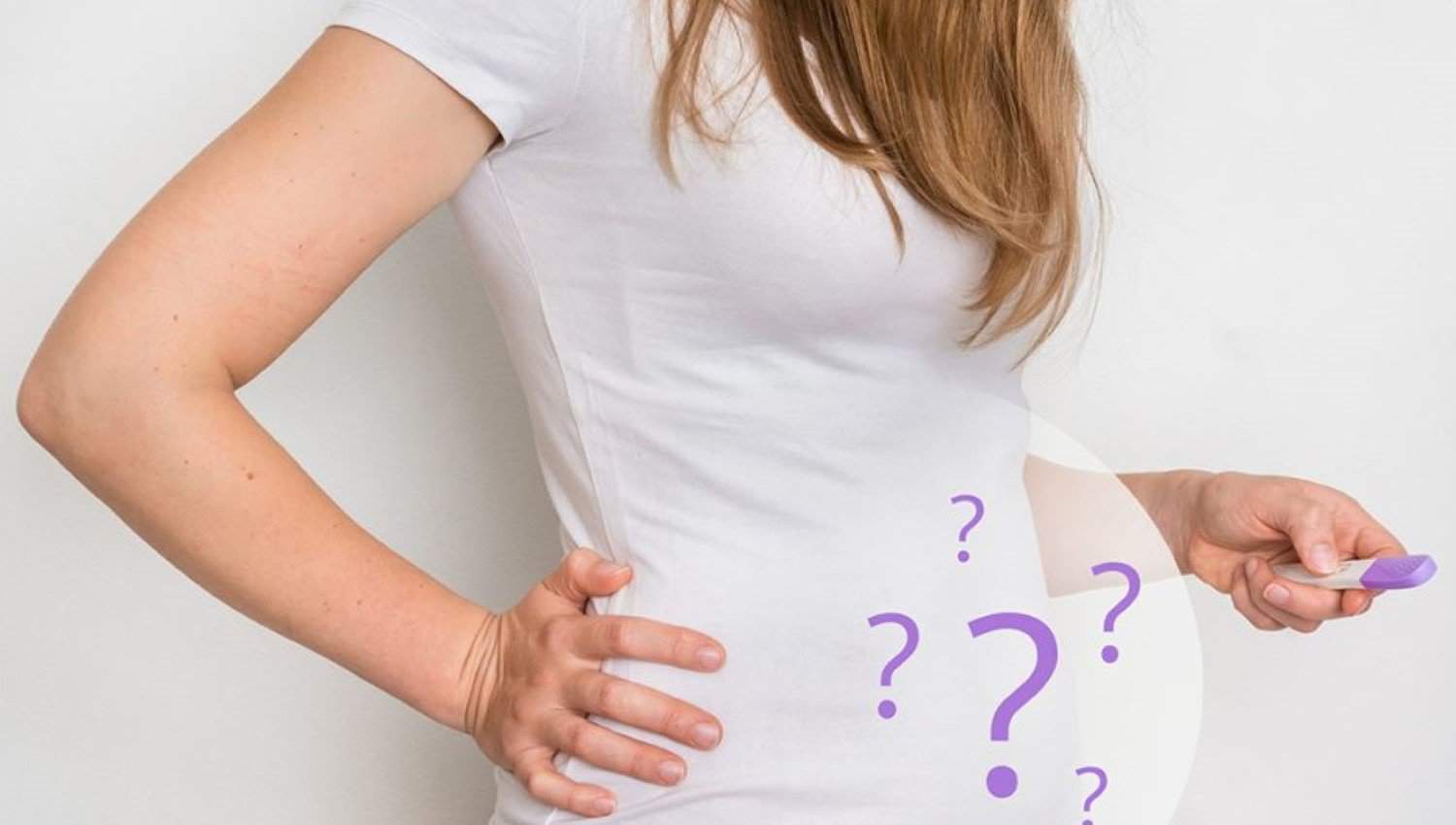
The site is temporarily down due to maintenance. Sorry for the inconvenience.
The site is temporarily down due to maintenance. Sorry for the inconvenience.
The site is temporarily down due to maintenance. Sorry for the inconvenience.
The site is temporarily down due to maintenance. Sorry for the inconvenience.
Quality & Accuracy
Experience
The latest technologies
Speed &
Credibility
₾135.00
Determination of plasma estrone is recommended: for monitoring and diagnostics of delayed puberty (mainly in girls), for diagnostics of sex hormone disorders, in postmenopausal women - for fracture risk assessment, for diagnostics of vaginal bleeding, for determining the need for hormone replacement therapy, for monitoring anti-estrogen therapy.
Estrone (E1) is a representative of the group of estrogenic hormones, which is involved in the formation and maintenance of the female phenotype, the maturation of germ cells in pregnancy. They are also involved in the process of development of the nervous system, bone metabolism, and proper functioning of the endothelium of blood vessels. In the body of an adult woman (non-pregnant), estrogens are represented by: estrone (E1) and estradiol (E2). The third estrogen - estriol (E3) - is mainly present during pregnancy. After menopause, E1 (estrone) is the main estrogen, and E2 and E3 levels decrease significantly.
Estrogens are involved in the formation and maintenance of the female phenotype and in the process of pregnancy. Their role is important in other processes as well, such as: growth, maturation of the nervous system, bone metabolism and maintenance of the physiological function of the endothelium. In the body of an adult woman (non-pregnant), estrogens are represented by: estrone (E1) and estradiol (E2). The third estrogen - estriol (E3) - is mainly present during pregnancy. After menopause, E1 (estrone) is the main estrogen, and E2 and E3 levels decrease significantly.
Estradiol is mainly produced by the aromatization of testosterone in the ovaries and testes. A small amount is produced in the adrenal glands and peripheral adipose tissue.
In contrast, the base fraction of estrone is produced in the adrenal glands by aromatization of androstenedione. Estrone and estradiol can be interconverted, and both can be inactivated by hydroxylation and conjugation. The circulating amount of estradiol in the blood of non-menopausal, non-pregnant women is 1,5-4 times higher than estrone.
Estradiol levels are much lower in men and postmenopausal women, while estrone levels are less variable, leading to changes in the estradiol/estrone ratio at different times.
Estradiol levels in premenopausal women vary according to the phases of the menstrual cycle. In the early follicular phase, its level is low, it begins to increase 2-3 days before ovulation, and it increases rapidly during ovulation and reaches its maximum level before the peak of malutheinizing hormone. This is followed by a slow decline during ovulation. After that, estradiol increases again until the middle of the luteal phase and then decreases to a minimum, then until the follicular phase.
Determination of estradiol is an essential part of the assessment of female reproductive function, infertility, oligo-amenorrhea and menopause. It is also used to monitor ovulation in preparation for in vitro fertilization.
When should we do the research?
Precocious or delayed puberty (predominantly in girls)
In disorders of the metabolism of sex hormones
To assess fracture risk in postmenopausal women
When monitoring hormone replacement therapy
When monitoring anti-estrogen therapy
Material for examination: Venous blood
Reference norms
In men 15-65 pg/ml (picograms per milliliter)
In pregnant women
In women:
When taking oral contraceptives: 48.0 – 342.4 pg/ml
Follicular phase: 36.1 – 156.5 pg/ml
Lutein phase: 47.3 – 198.1 pg/ml
Pre-ovulation phase: 57.9 – 255.9 pg/ml
Postmenopause on the background of estrogen therapy: 50.9 – 487.5
Postmenopause without hormone therapy: 30.9 – 99.8
Interpretation
Irregular cycles or absence of cycles with normal or high estradiol levels and increased estrone levels may indicate polycystic ovary syndrome, androgen-producing tumors, estrogen-producing tumors.
Gynecomastia, or other manifestations of feminization in men, is the result of an absolute or relative excess of estrogens in relation to androgens. The reasons for the increase of estrone and estradiol may be:
Testing process
|
Purchase a test |
Submission of material |
|
Results Online |
Consult a doctor |

More than 1000 routine and complex/specific diagnostic tests in all major areas of clinical pathology.

48 laboratory centers in 25 cities of Georgia: Tbilisi, Rustavi, Kutaisi, Batumi, Marneuli, Telavi, Zugdidi, Zestafon, Gori, Kobuleti, Akhaltsikhe, Khashuri, Sartichala, Kazbegi, Borjomi, Samtredia, Gurjaani, Lagodekhi, Akhmeta, Ozurgeti, Poti, Chiatura , Dusheti, Kareli, New Gudauri.

Use the Synevo web platform to view results from anywhere and anytime
Use the Synevo web platform to view results from anywhere, anytime
From Monday to Saturday you can use the laboratory services at home.
☎️ Hotline: 239 38 33 or 239 40 65
577293008 (9:00-დან 17:00-მდე)
30 laboratory centers in 11 cities of Georgia: Tbilisi, Kutaisi, Batumi, Kobuleti, Zugdidi, Zestaponi, Rustavi, Marneuli, Akhaltsikhe, Telavi, Gori.
More than 3000 routine and complex / specific diagnostic tests in all major areas of clinical pathology.

"Synevo" - Providing a wide range of diagnostic services in Georgia, offering more than 1,000 routine and specific diagnostic tests in all major areas of clinical pathology. By the end of 2023, the Synevo Georgia network will include 3 clinical laboratories and 47 blood sampling units, which will perform more than 300,000 tests.
Contact information
Address: Tsinandali St. N9 (N1 Clinical Hospital area)
2021 – 2023 © Synevo. all rights reserved